The Article
The SPEC RSA-717EX: New Class D or New Labour?
25th October 2016

Claiming to take Class D amplification into sonic galaxies as yet unknown, Paul Rigby listens to SPEC’s integrated amp, the RSA-717EX
“Class D? You gotta be kidding, right? Class D? Only fit for pathetic gadgets that look 10 times better than they sound. Class D? Cheap and nasty, right? Class D? You’ll never hear proper music from that, sunshine…” And on and on.
Thing is, though, there’s been more recent research and evolution in this amplification standard than anything else this side of the Large Hadron Collider. Class D is not what you think it is, not anymore. If implemented correctly, modern day and newly implemented Class D can sound very good indeed.
SPEC’s RSA-717EX is a Class D amplifier but the research and development that SPEC has put into this design is such that the company is damned if it’s then going to refer to it ‘just’ as a solid state amp. No way, Jose! Not in this life it ain’t! Oh no. SPEC says that this amp is very different indeed, “But it’s Class D, isn’t it?” you reply. “So that’s solid state, isn’t it?”
You see the problem? Which is why the company has made up a tag to try to put some distance between the name Class D and the words Solid State. SPEC calls this amp a Real-Sound device and tags other family products with the same name.
I have to say one more thing before we continue. I have a bee in my bonnet about the following because it might be causing disinformation out there and might, indeed, result in one or two of you coming to the wrong buying decision because of it.
There have been one or two reviews of this amplifier already printed (I don’t review ‘first’, I review ‘right’) which seems to give the impression that part of SPEC’s aim in life is to give it’s so-called Real-Sound standard a valve-like sound or, rather, that this amplifier is supposed to be infused with the traits, properties, attributes or hallmarks of the valve experience. That it should aspire to be more valve-like. From what I can see, this is complete hogwash which is the result of (so called) journalists failing to read website information properly or to not bother listening to designers. What the company says is that, and I quote, “With both an organic, penetrative force of tube amps and the driving power of semiconductor amps, the high sound quality and high efficiency of the Class-D amp makes it truly the amplifier of the third generation.” You see? There is a big difference. SPEC wants us to believe that its Class D amps are different from valves and solid state. Different enough to reside in an entirely new generation of kit. What you may have read or inferred elsewhere is that SPEC is trying to ape and aspire to valve-like sound. How can I put this…bollocks? How’s that. Succinct enough?
Now, look, some chap from SPEC might ring me tomorrow and say, “Actually matey, yes, we’re trying to make our amp sound exactly like a valve amp. So, what are you on about?” All I’m using is the available evidence which states that this is a Class D amp of advanced design. It’s not supposed to sound like a solid state amp, it’s not supposed to sound like a valve amp but it should have the positive elements of both systems plus a bit more. Hence, SPEC is attempting to produce a ‘third way’ which sounds like Blairite propaganda but we’ll see about that in a minute. To batter this idea with a sledgehammer, Ferrari apparently says that its 458 car offers a F1 driving experience. But it’s not an F1 car. It sits in an entirely different generation. It’s a supercar. Capisce?
Back to the plot then and the box itself which oozes style and finesse and two spruce cheek slabs and feet that are resplendent in maple wood. The front of this 50W amp sees volume and source dials, a speaker on/off switch, headphone socket and power switch.
You also get a remote control, the RSR-1 which is an external gizmo that connects to a socket around the back. Also around the back are three RCA line-ins (which is a bit light, in my opinion, even if the chassis is relatively small, the XLRs are a token gesture and should be binned) plus one balanced XLR plus the usual speaker binding posts.
SPEC uses a switch mode power supply on this amp. I know, Class D and switching mode power supplies. The designers have been smoking to much of the rainbow weed, eh? OK, this particular switching power supply is not your usual design. It’s a bit special (see the link below).
Weighing in at 7kg the SPEC RSA-717EX is a small footprint model spanning just and measuring 350 x 95 x 375mm.
SOUND QUALLITY
I began with the classic hit from Nat ‘King’ Cole and Let There Be Love which has the smoothest and most luxuriant instrumental introduction of any song known to man. Like a dog with a bone, because of all of this valve-like talk, I brought in the real thing for comparison. Having listened to this track and more besides I have to disagree with any connection between the two technologies. This Class D amplifier offers much that is different.
The introduction to this song is revealing for any hi-fi kit and this amp certainly displayed its wares here, telling me that there is an insight to the upper midrange that digs down deep into the mix. Via a valve amplifier, in broad and general terms, this track often produces a detailed suite of cymbal tones, a rather tame piano rendition and a gentle, forgiving vocal from Cole. The SPEC offered a detailed cymbal rendition, giving the ear plenty of reverb and tonal accuracy but it also told the listener not just that this cymbal was a big piece of metal but also how hard it was being hit.
More than that, the piano was lively and informative with a pleasant dynamic freedom that stretched the capabilities of this instrument, stretching its sonic wings, as it where and allowing it to provide a generally emotive performance. Finally, the Cole vocal grew new reverb tails that simultaneously added air and space to the performance, bringing out extra emotive punch to his delivery.
I then turned to Camel’s prog rock LP, Moonmadness and Song Within A Song. This ensemble piece retained that 70s warmth (it was released in 1976) that is a feature of the LP. The SPEC can never be accused of being cold or lacking feeling. There was, though, plenty of air and space in and around the instruments which gave the sound stage an open and relaxed feeling. Treble was fragile and precise but never strident, drums and secondary percussion offered an organic and characterful presentation while the harmonic, multi-tracked, vocals had an ease and flow that was both musical yet incisive because that vocal conglomeration still offered plenty of information and was never reduced to a midrange lump.
The wonderfully crafted mid-song instrumental solo from the feature, vintage synths was delicately and assiduously presented in such a way that it was impossible to keep still during the sequence. Such was the crafted but musical nature of the piece.
CONCLUSION
So does this Real-Sound amplifier offer real sound? I have no idea. I have no idea what ‘real sound’ is like. Can anyone out there actually define it? I can’t. So many types of sound, so many different ear types, so many brains who like this and hate that and vice versa, so many sounds that don’t sound ‘real’ but sound great, etc. It’s a badge. A tag. It sounds good in advertisements and means absolutely nothing at all.
I wouldn’t describe this amplifier as being a design of emphasis. And that’s where this Class D amplifier takes its ‘third way’. It’s not especially dramatic in terms of upper midrange detail, nor is it a powerhouse of bass (some people may dislike it for being too polite, in fact). It performs both tasks well so, if you’re looking for any sort of emphasis, walk away from this amp. Well, no, actually, what the SPEC offers, in fact, is an emphasis in balance. Providing an excellent performance in all genres of music with a clarity and transparency that will delight many ears, the SPEC RSA-717EX is that rarest of breeds, a ‘good all rounder’ that will not disappoint in sonic terms. In effect, this is a Class D amplifier for people who hate Class D amplifiers.
Price: £4,250
Web: www.nunudistribution.co.uk
Tel: 0203 5442338
For more specs and further technology explanations, click HERE
GOOD: build quality, tonal balance, small footprint, airy mids
BAD: too few RCA inputs
Rating: 8
REFERENCE SYSTEM
Origin Live Sovereign turntable
Origin Live Enterprise 12” arm
Transfiguration Proteus cartridge
Icon Audio PS3 phonostage
Aesthetix Calypso pre-amp
Quad ESL-57 Speakers (with One Thing panel upgrade)
Vertex AQ & Atlas cabling

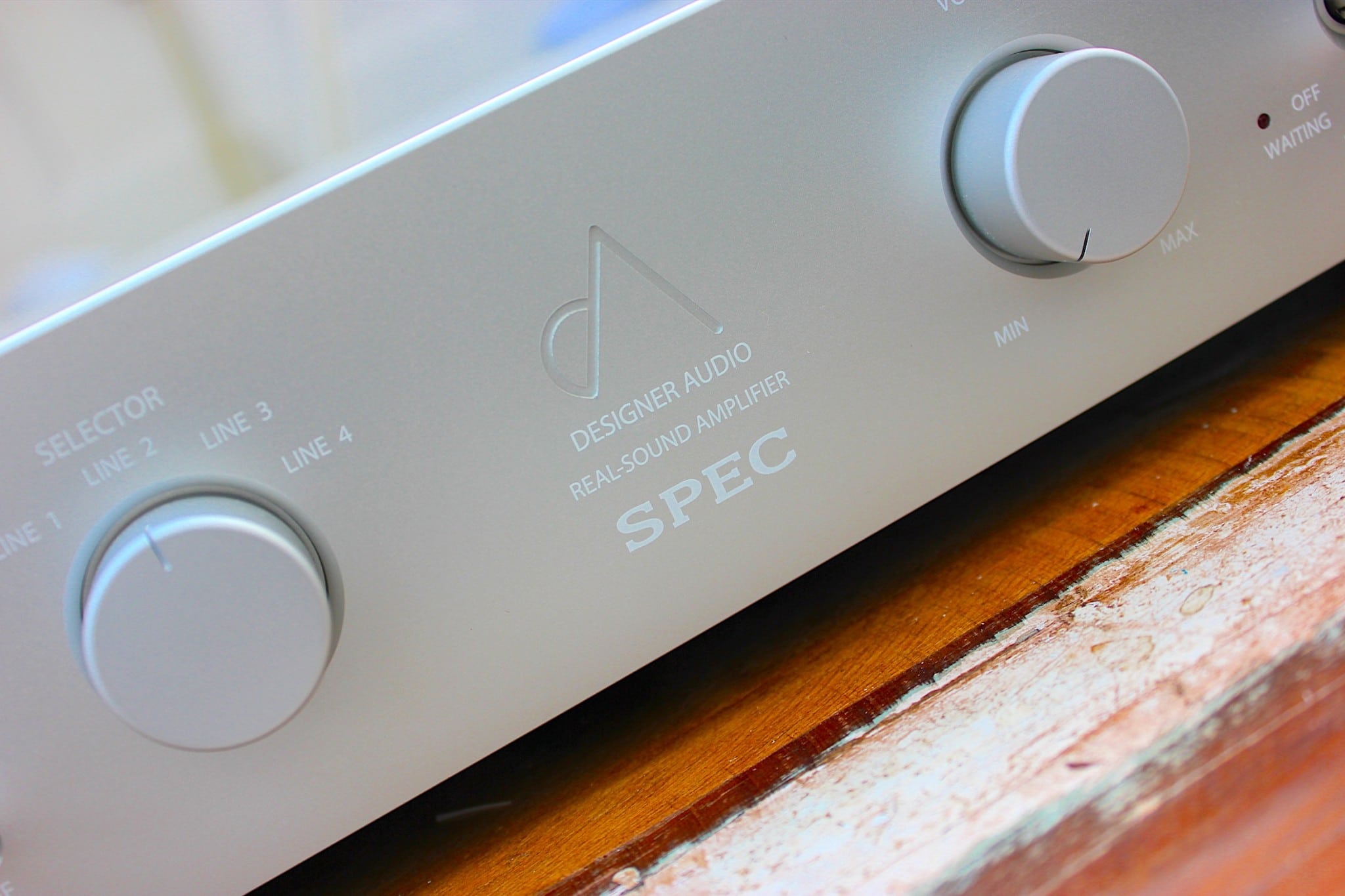
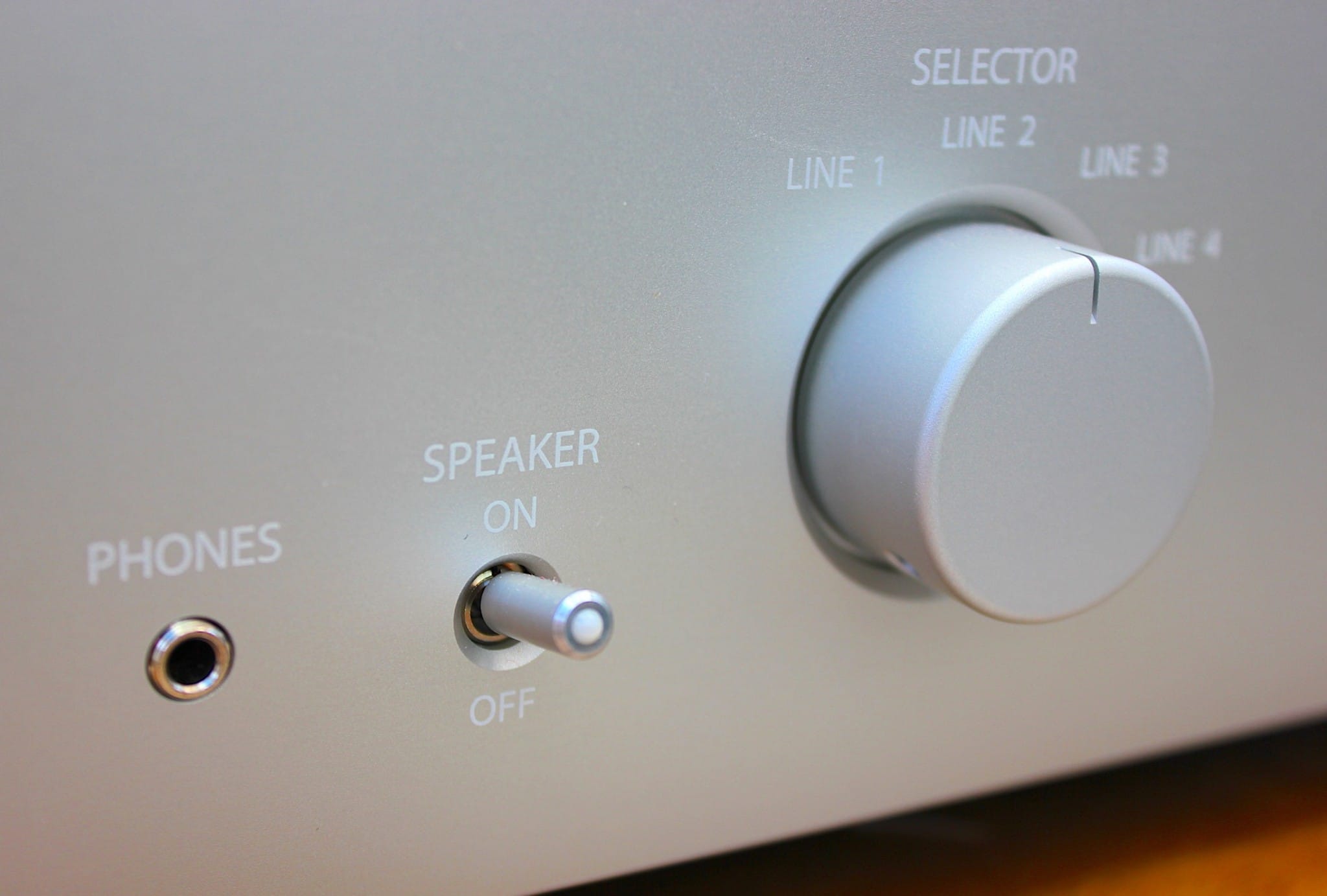
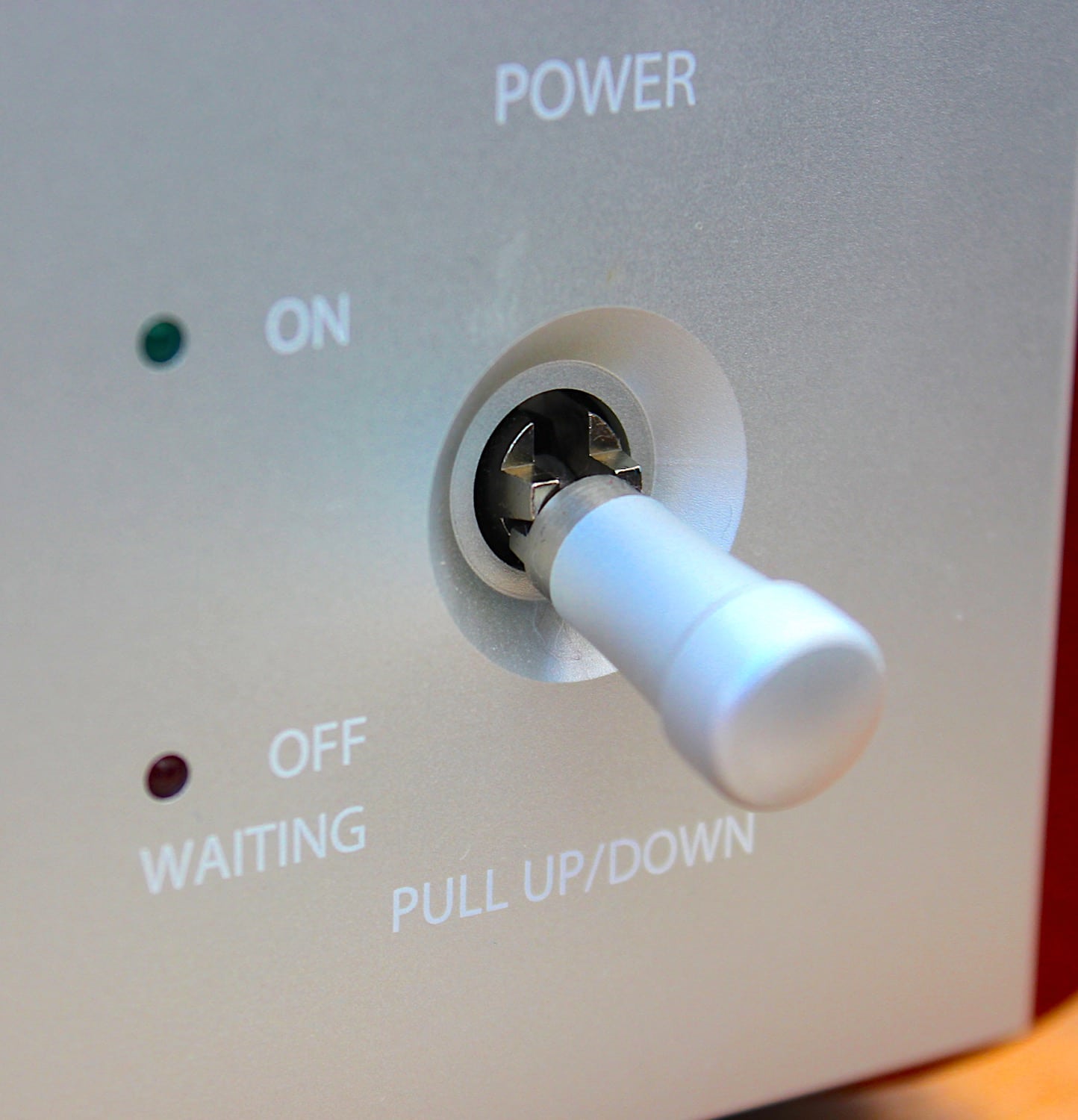
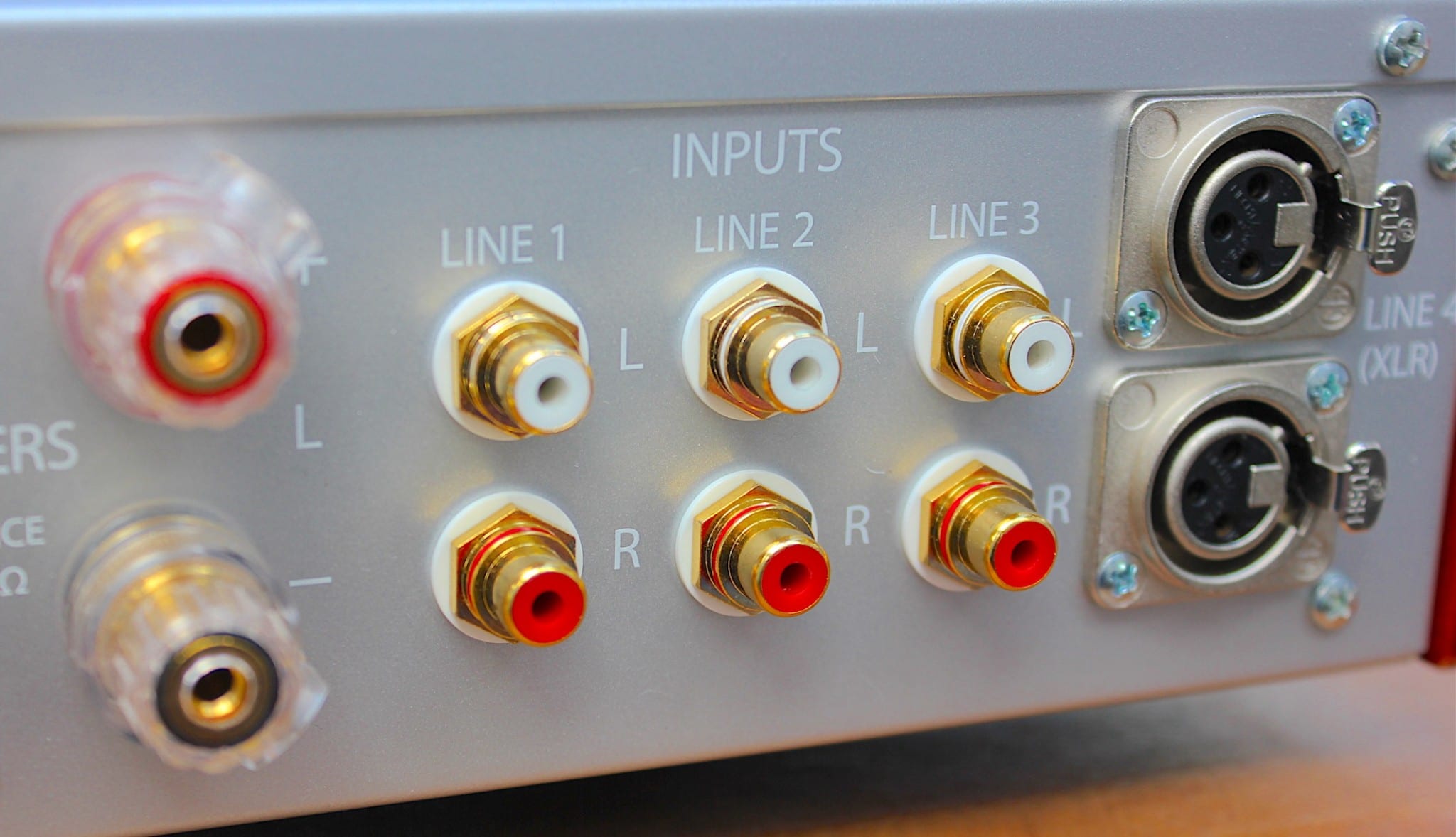
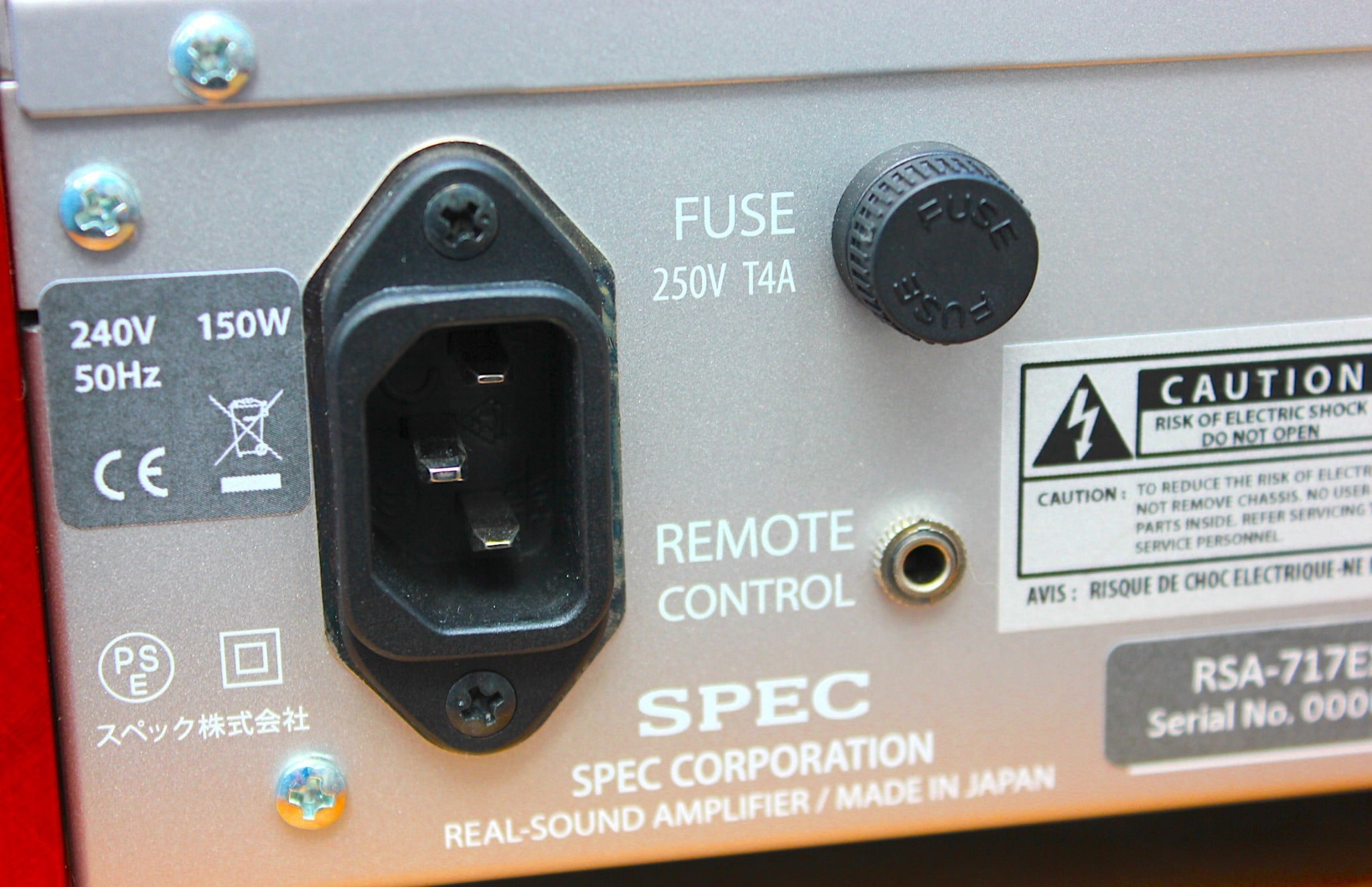
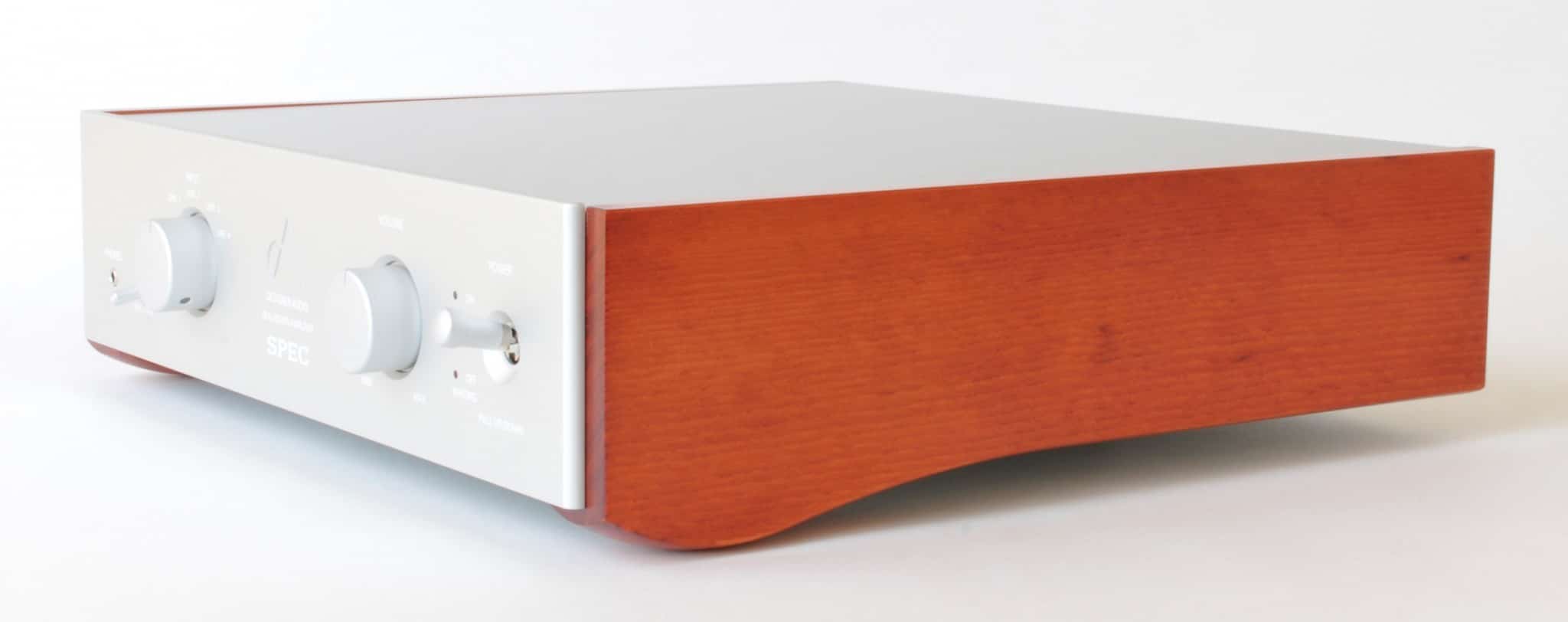


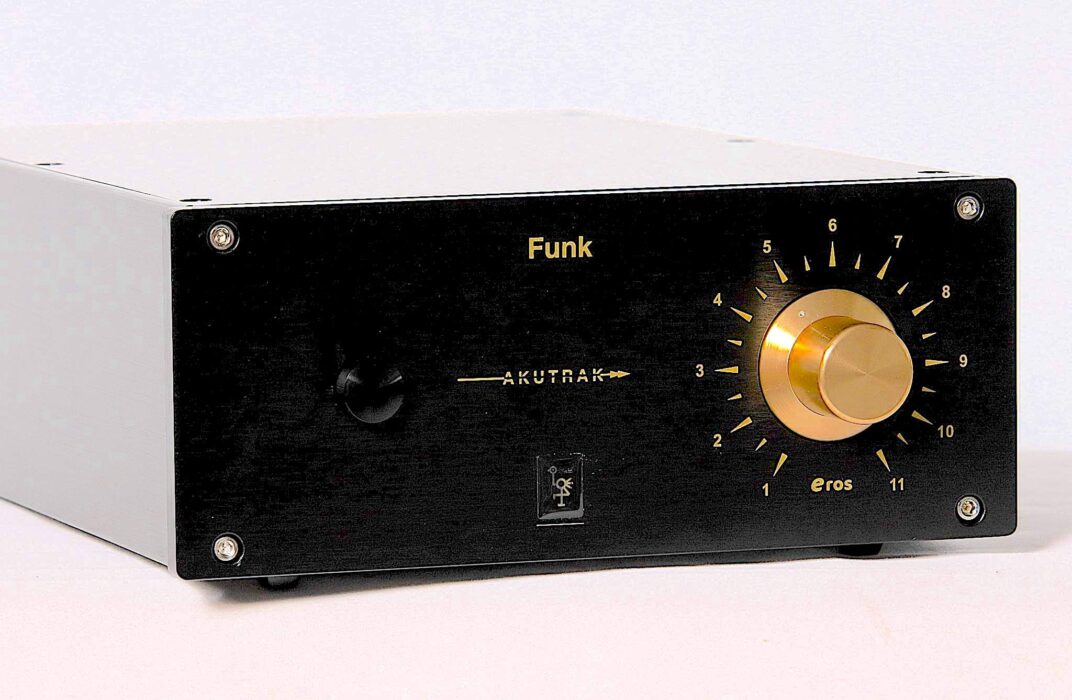
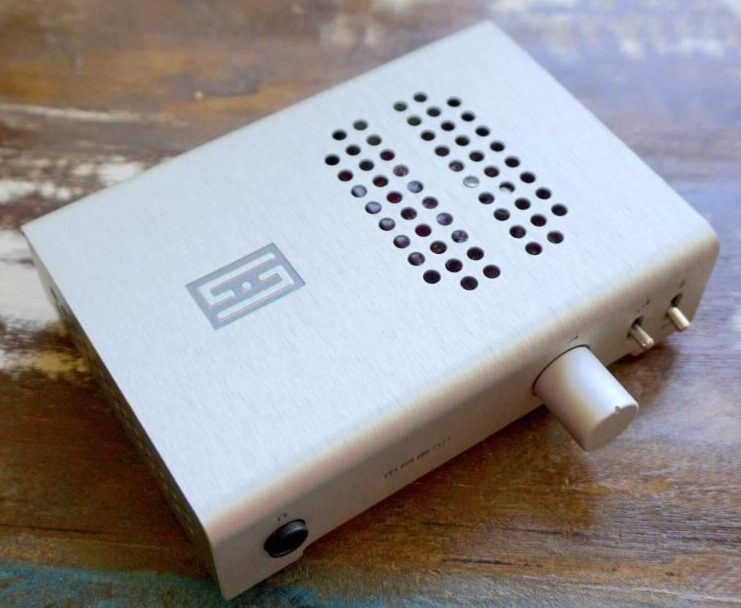
Thats a big bag of money ?
I have this amp and the sounds tend towards ‘warm’ side of spectrum. Vocal are soften and higher frequency is soft too, and also the bass doesn’t go deep.
I have been using it with ATC scm7 and Triangle ez spirit.
Not sure if the any particular cables can bring in some liveliness?
I wouldn’t go the cable route to seek a solution. If you do, you will only cover the issue with a sticking plaster. You won’t help clarity, detail, transparency, etc, etc. You will, in effect, only be fooling your ears and spending good money to do so. In effect buying a very expensive EQ filter. Instead, I would encourage you to seek out the root of the problem and invest in that. If you believe that the amp is the issue in your system, then change that. In the long run, you won’t regret it.
Hi Paul,
Thanks for the reply, i got the RSP-901ex to be used with spec, now I am convinced that Spec rsa-717ex is natural sounding amplifier, same set up it sounds what i prefer, Initially i planned to change it due to too warm, now it is really dynamic with RSP-901ex
Glad to hear things are working well for you 🙂
Hi Pual,
You have been writing for Vinly Factory also, should be very busy.
You said it – I haven’t slept in 5 years, too busy 🙂
Hi Pual,
Did the amp was tested with any other speakers other than Quad for better sound ?
Briefly the Spendor S3/5Rs. And there is no better sound than the Quads.